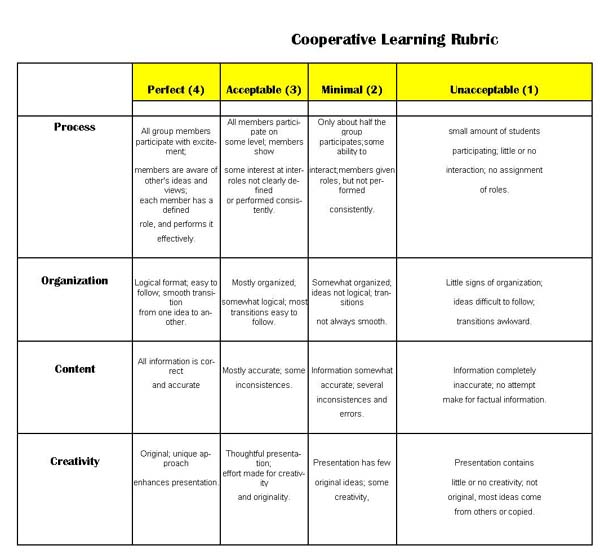*****
Varied Ability Seating Chart
Child placement is one important aspect of classroom management. Careful evaluation of your students' abilities and weaknesses will determine how they should be arranged in the classroom. Where you place your students can determine their success in your classroom. Grouping can be an effective learning tool for both the teacher and the students. Grouping students together with varied abilities can promote peer tudoring and you are able to utilize the students with stronger skills to assist other students.
Pictured is a seating chart that I have arranged and utilized to promote peer tudoring and create a positive learning environment.

Tracking the progress of each student is an important way to notice any changes or potential problems with your students (both educational and personal problems) If you accurately record a student's progress on a weekly basis, you are able to tell if that student is mantaining a steady average, or if the student has had a sudden change in their work or behavior. The key to helping a child resolve his/her issues is to be aware of a problem in its early stages.


Evaluation Rubrics
Evaluation is an ongoing process. Because every person learns in a different way, evaluation should take place in many different forms. Discussion, social interaction, journal writing, and hands on activities are wonderful ways to evaluate student progress. A student will always perform better when encountering a learning situation that they feel comfortable in. Because some students are tactile learners, hands on activities can showcase their learning in ways that formal testing cannot. The same is true for auditory learners. A student that learns best by audibly processing the information may not perform as well in a hands on activity.
Evaluation should also be based on the student's expectations. Ask your students what THEY think would make an A paper or project. Your students will tell you what they value in their work. Use their suggestions and let the students make your rubric. You may just be surprized!
Below are sample rubrics that I have developed with my students and implemented in the classroom.


Home
Resume & Credentials
Keys to a Balanced Literacy Program
Philosophy of Education
Lesson Plans Page
Poetry & Inspiration
Student Work & Activity Pictures